The Independent's journalism is supported by our readers. When you purchase through links on our site, we may earn commission.
48 Hours in Shanghai: hotels, restaurants and places to visit
China’s biggest city provides a rewarding window into the world’s most populous country
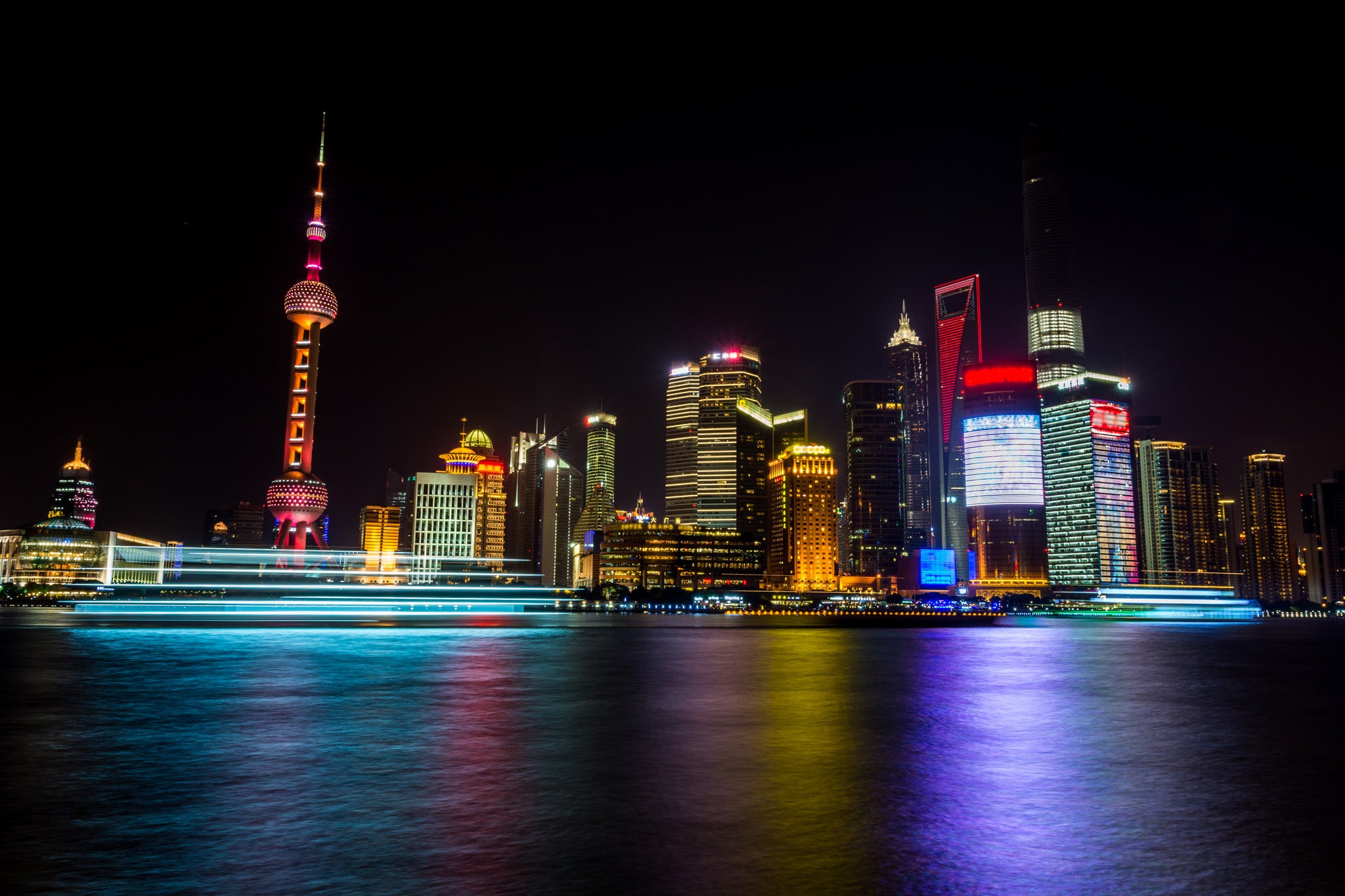
Your support helps us to tell the story
From reproductive rights to climate change to Big Tech, The Independent is on the ground when the story is developing. Whether it's investigating the financials of Elon Musk's pro-Trump PAC or producing our latest documentary, 'The A Word', which shines a light on the American women fighting for reproductive rights, we know how important it is to parse out the facts from the messaging.
At such a critical moment in US history, we need reporters on the ground. Your donation allows us to keep sending journalists to speak to both sides of the story.
The Independent is trusted by Americans across the entire political spectrum. And unlike many other quality news outlets, we choose not to lock Americans out of our reporting and analysis with paywalls. We believe quality journalism should be available to everyone, paid for by those who can afford it.
Your support makes all the difference.Travel essentials
Why go now?
Shanghai is easy to reach and to find your way around, yet reveals many glimpses of life in the People’s Republic. And from this summer, there are more flights than ever from the UK, with 24 departures a week from Heathrow – and countless connections from other airports.
Shanghai is also an excellent stopover for anyone planning a trip to the Far East or Australia; you can now build in a visa-free stay of up to six days, thanks to the 144-hour transit option available for passengers travelling on to another country. This is an excellent way to avoid the high price of a regular tourist visa for China, currently over £150.
Touch down
British Airways flies 10 times a week from Heathrow to Shanghai’s Pudong airport (1), while China Eastern and Virgin Atlantic go daily. The journey takes about 11 hours. The airport is a modern, efficient gateway, and public transport on the 23-mile run from the airport to the city centre is good.
The world's fastest train, the Maglev, runs every 15-20 minutes from the airport’s station to Longyang Road station (2), which is still some distance from the city centre. The 267mph top speed is attained only by a few trains, in mid-morning and mid-afternoon – at other times the maximum is 186mph. The one-way fare for the ride is 40 yuan (£4.20), so long as you show a boarding pass for a recently arrived flight.
In terms of hassle, it’s actually a lot easier to travel the whole distance by Metro line 2, which also has a station at the airport and costs only 7.50 yuan. Even on the Metro you have to change at Longyang Road (2), though it is a cross-platform switch and much simpler than the complicated journey from the Maglev station to the Metro at this junction.
At the time of publication, £1 = 9.50 yuan and $1 US = 6.50 yuan. Yuan is also written CNY (the international code for Chinese yuan) or RMB, the abbreviation for renminbi – “people’s money”.
Get your bearings
The Huangpu River – a quarter-mile wide, yet a mere tributary of the Yangtse – divides the city into Shanghai proper on the west bank and the Pudong district to the east. Most locations of tourist interest are on the western side – beginning with The Bund (which rhymes with fund), the waterside boulevard with historic buildings on its western flank.
The main drag west from here, East Nanjing Road, leads to the top end of the vast People’s Square. The continuation, West Nanjing Road, is lined with skyscrapers and shopping malls. To the south-west, the French Concession – the district assigned in the 19th century to traders from France – is the most chic and European area.
Even though the city is vast, the excellent transport network makes it readily accessible. The Metro system is as extensive and easy to use as the London Underground, though much cheaper: most city-centre journeys cost 4 yuan. The hub of the networks is People’s Square station (3), where lines 1, 2 (for the airport) and 8 converge.
Taxi drivers are knowledgeable and honest, though it helps to have your destination written down in Chinese characters. A three-mile trip costs around 20 yuan.
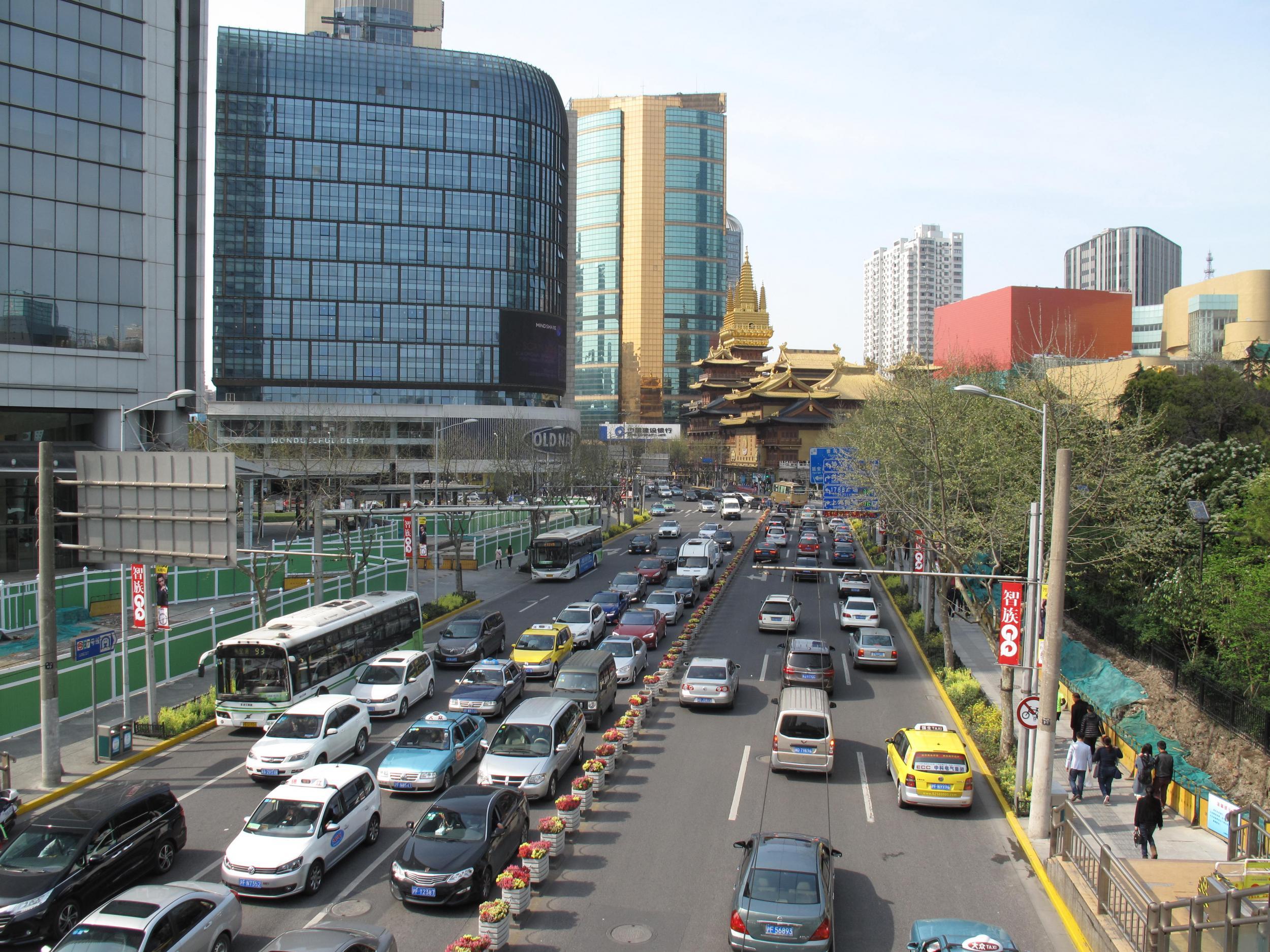
Check in
Compared with other world cities, prices for hotels with heritage in Shanghai are low. The top choice place to stay, for style if not location, is the Moller Villa Hotel (4) – a Norwegian-style fantasy in luxuriant grounds at 30 Shaanxi Road (00 86 21 6247 8881; mollervilla.com). A “superior” room costs 1,725 yuan (£180) for a double, excluding breakfast
Right at the centre of Shanghai life is the Park Hotel (5) at 170 West Nanjing Road (00 86 21 6327 5225; parkhotelshanghai.cn). The first high-rise in Shanghai, it was designed by the Hungarian architect Ladislau Hudec – who was a First World War prisoner in Siberia but escaped and made his way to China. Its four-star rating is ambitious, and the double-room rate of 1,396 yuan excluding breakfast is expensive, but lovers of Art Deco may think it well worthwhile.
A third historic property, right on The Bund, is the Fairmont Peace Hotel (6) – arguably with the best address in town, at 20 Nanjing East Road (00 86 21 6138 6888; fairmont.com). Inside, many of the original 1920s features have been preserved from its days as the Cathay Hotel. Rooms booked independently tend to be expensive, but as part of a package you can get an excellent price. British Airways has a deal in July for £770, including non-stop outbound flights, two nights and a return flight via Hong Kong, based on two sharing (this flight arrangement also enables you to qualify for the visa-free stay). The rooms at the Peace Hotel do not offer space and luxury in abundance, but the sense of history is unbeatable.
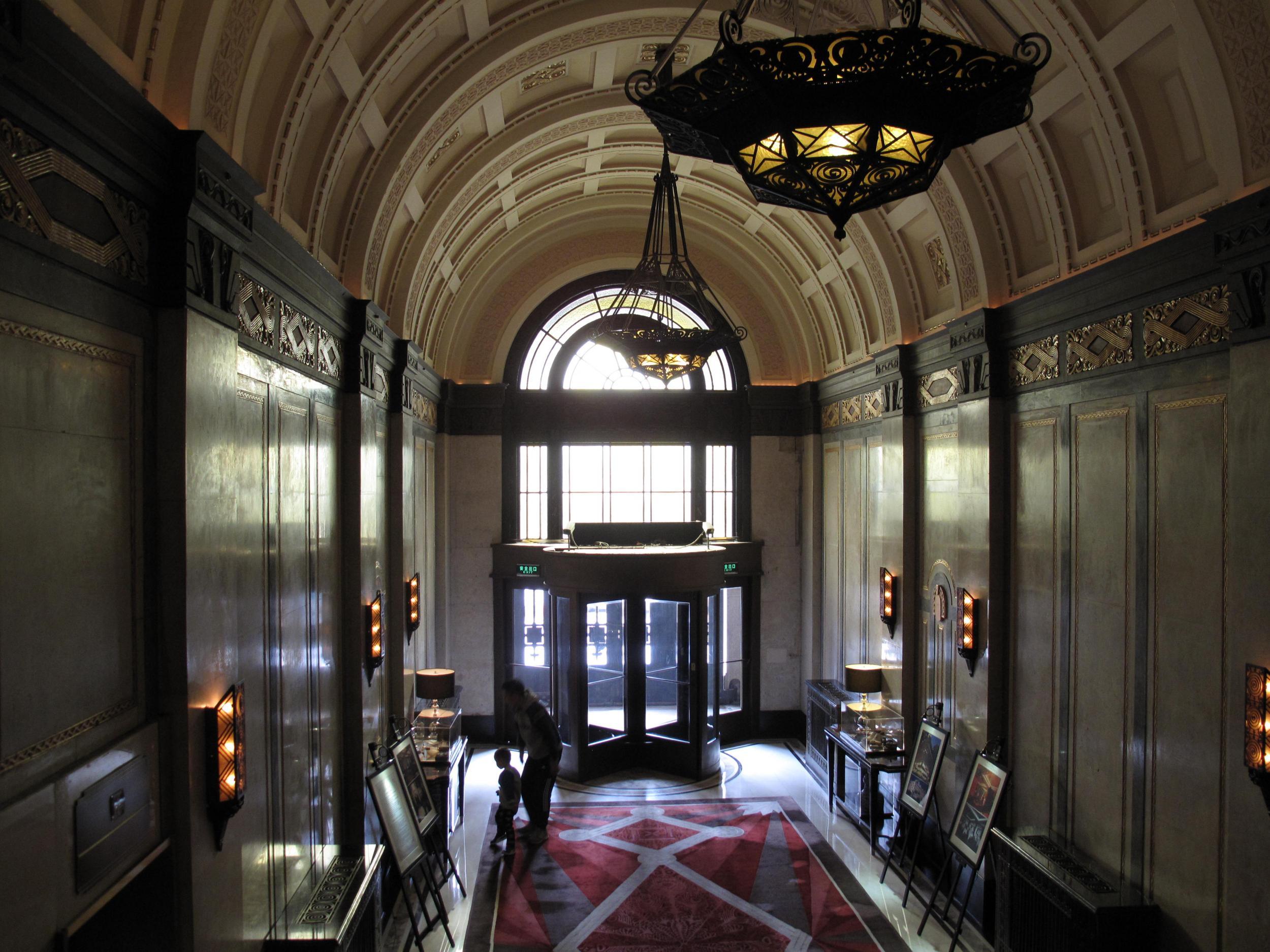
Day one
Take a hike
… along the bend known as The Bund (and officially as Zhongshan Road), where the merchants of Europe left their mark early in the 20th century. Start at the Peace Hotel (6). Even if you are not a guest, you are welcome to visit the hotel’s small museum on the first floor (it’s difficult to find, so ask for help).
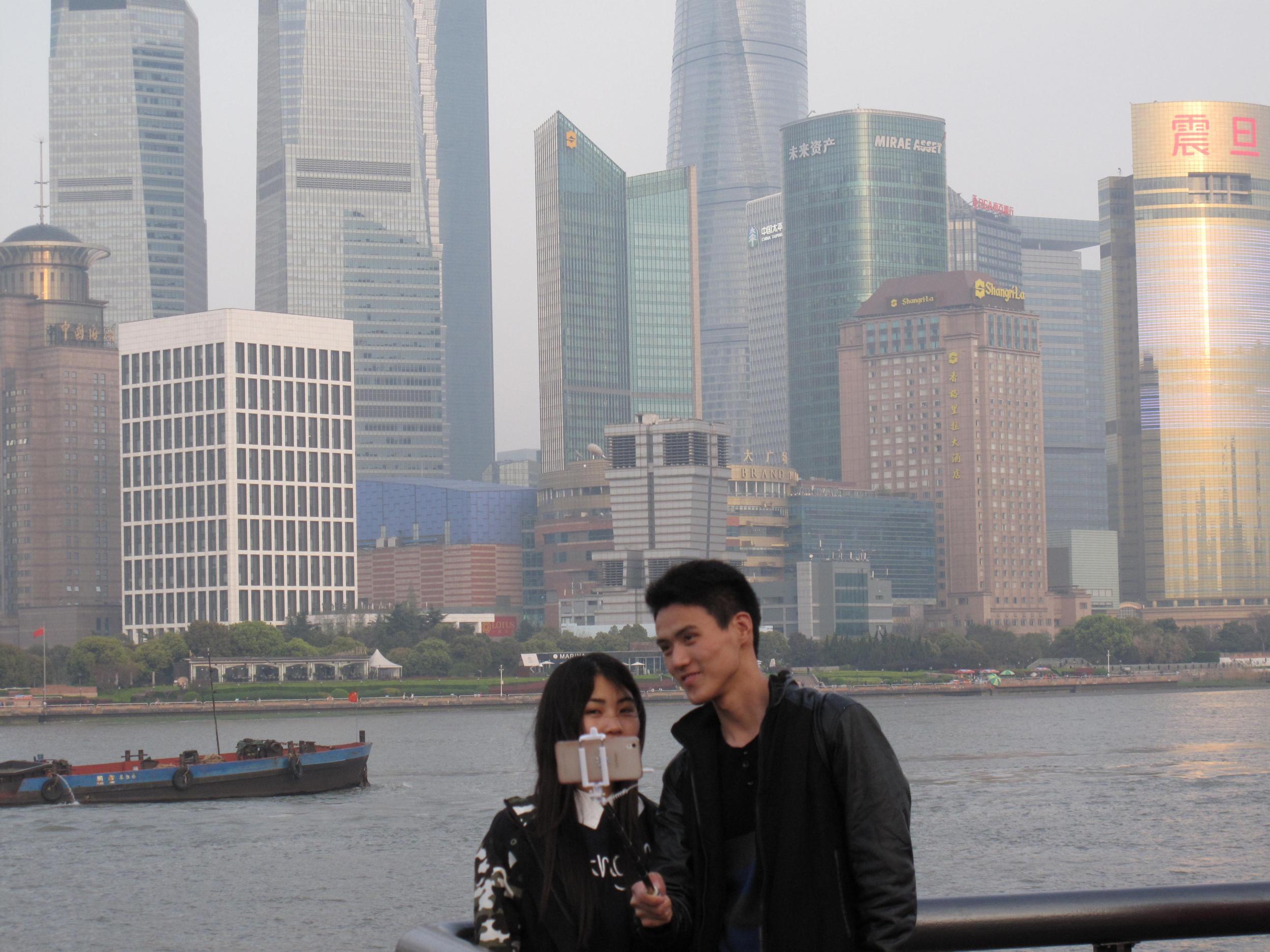
Follow the curve in the river south, past the 1922 former Chartered Bank – now an upmarket complex known as Bund 18. Just past the corner of Jiujiang Road, the elegant Russo-Asiatic Bank was the first natural stone-built building in Shanghai. The Customs House (7) at number 13 still sets the time for the city, with what was the biggest bell in Asia when it opened in 1927.
The Hongkong and Shanghai Bank (8) at number 12 is the largest building on The Bund and was regarded, when it opened in 1923, as the most elegant structure between the Suez Canal and the Bering Strait. At the Waldorf Astoria (9) at number 2, walk in the century-old doors, glimpse the Long Bar (though you may find it gloomy and overpriced). Then walk right through the hotel, taking in the 1910 flourishes until you reach the opposite entrance on Sichuan Road.
Lunch on the run
Two blocks north along Sichuan Road, at the corner of Fuzhou Road, Shanghai Grandmother (10) is a Cantonese restaurant whose signature dish is braised pork belly – with braised aubergine a lighter alternative. Prices are relatively high for Shanghai, but it is still difficult to spend more than around 40 yuan per person (less than a fiver).
Cultural afternoon
Follow Fuzhou Road a mile west (or grab a taxi) and you reach People’s Square, whose prime sight is the Shanghai Museum (11) (00 86 21 6372 3500; shanghaimuseum.net). The 20-year-old modern structure is spectacular, with a circular gallery space atop a square base – in tune with the ancient Chinese belief in a square earth and a round sky. Its slogan, “Roam Through The World Of Art In Ancient China”, sums up the experience. The collection exceeds one million objects, but fortunately only a small proportion are on display, with the bronze sculptures (ground floor), ceramics (second floor) and calligraphy (third floor) particularly impressive. It opens 9am-5pm (last admission 4pm), but there is a daily limit of 8,000 visitors. Admission is free.
An aperitif
Could the open-air Vue bar on level 33 of the Hyatt on The Bund (12) at 199 Huang Pu Road (00 86 21 6393 1234; shanghai.bund.hyatt.com) have the best view of any hostelry in the world? Even the approach, in a glass-sided lift, is breathtaking. Admission is 100 yuan, which includes a beer, glass of wine or soft drink. You may need to linger over it; the bar opens at 5.30pm, and although the optimum time to be here is sunset, it can be tricky to find a good table if you arrive too close to dusk.
Dine with the locals
Celebrating locals, out-of-town Chinese tourists and Western expatriates congregate at Lao Beijing (13) at 1 South Henan Road – basically a vast Peking duck restaurant concealed inside what looks to be a forbidding Communist monolith. Duck is the speciality, served theatrically by extravagantly costumed waitresses.
For something more economical, the three blocks of South Yunnan Road (14) between Yanan and Huaihai Roads are lined with cheap and cheerful local eateries.
Day two
Sunday morning: Go to temple
The Jade Buddha Temple (15) is a long way north-west of the centre, but well worth the cab ride to the corner of Jiangning and Anyuan Roads and the 20 yuan admission fee (8am-4.30pm) to witness one of Shanghai’s few vibrant Buddhist places of worship. The visit begins with viewing the exquisitely carved Jade Buddha itself, but the more intriguing sights – and smells – occur at the back of the complex, in the Incense Burning Area. Ancestors and the recently departed are celebrated with clouds of incense and the ignition of paper lanterns.
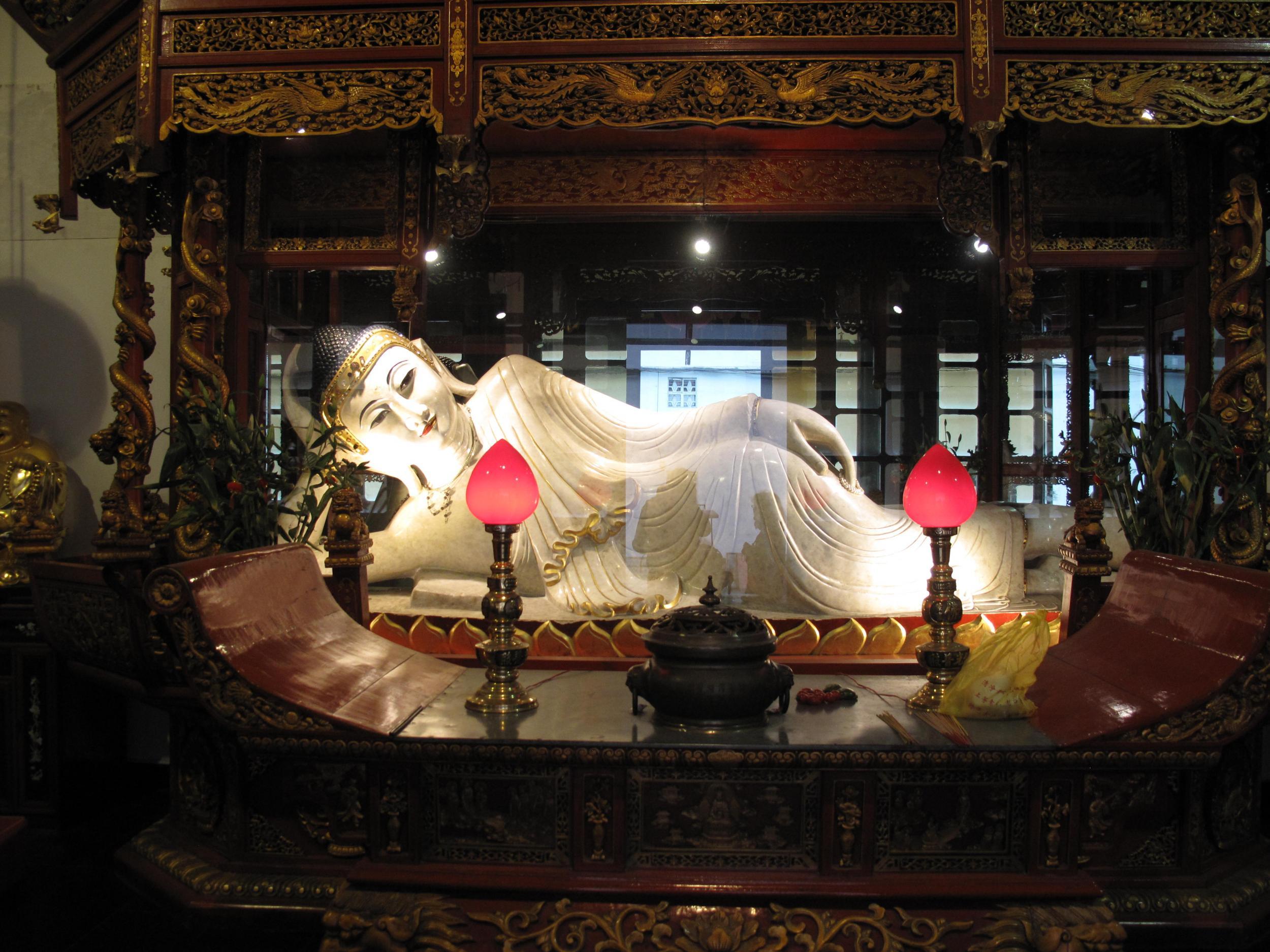
Out to brunch
From the temple, walk to Suzhou Creek (also known as Wusong River) and follow the waterway upstream to the M50 Art District (16) at 50 Moganshan Road. The paintings, sculptures and installations in this former textile mill and electrical works are as edgy as you will find anywhere in China. Furthermore there are some good places to eat, including the Bandu Cabin in Building 11, where good, strong coffee accompanies Chinese and Western treats (00 86 21 6276 8267).
A walk in the park
The freeways that carve up Shanghai are best appreciated from a taxi racing north to south down the North Chengdu and South Chongqing Roads to Fuxing Park (17), a swathe of green laid out in a French style – apart from the incongruous giant statue of Marx and Engels (18). You may even catch some outdoor ballroom dancing.
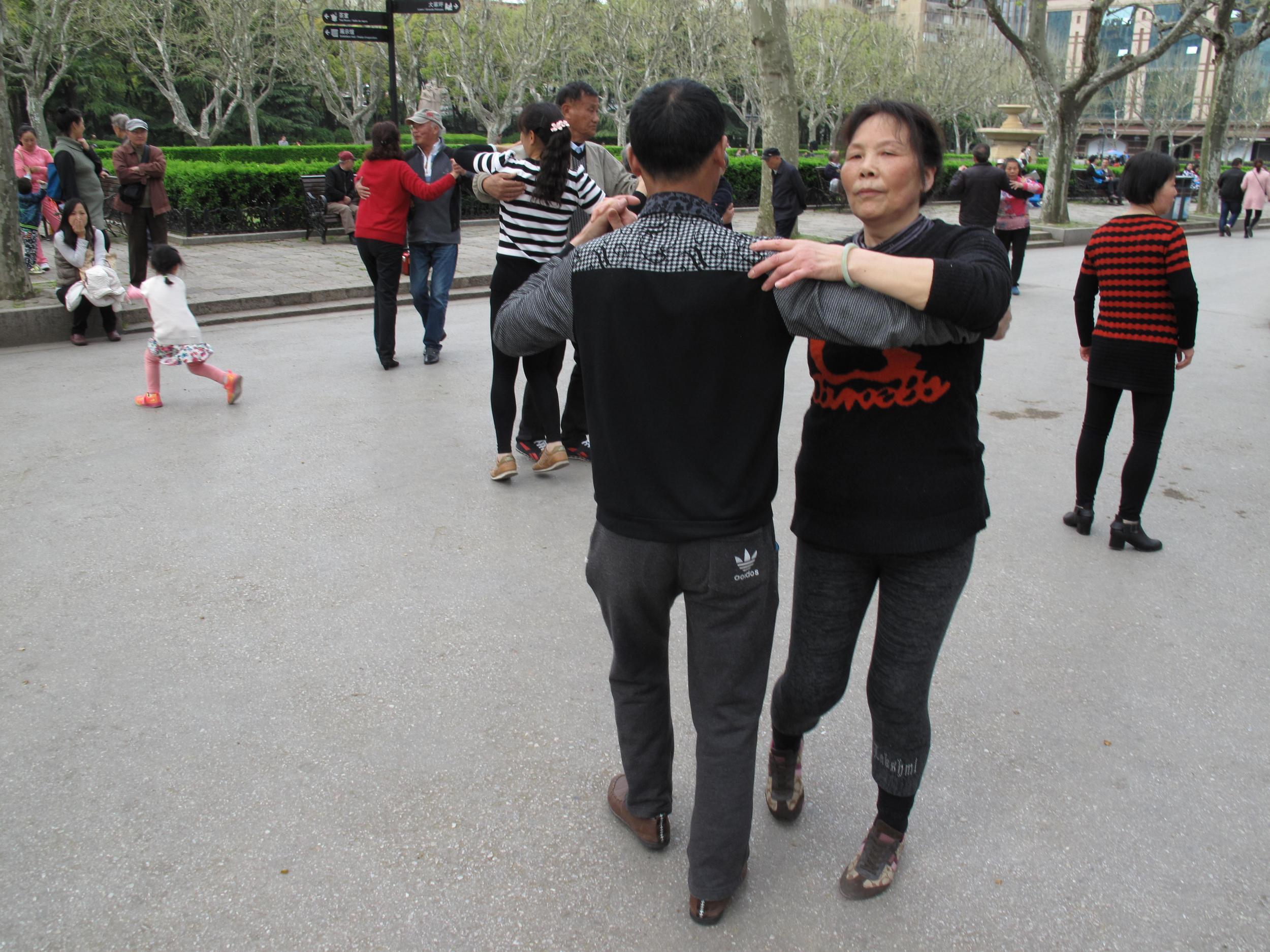
Just west is the former residence of Sun Yat-sen (19), the first president of republican China, and just south of that stands the handsome former villa of Zhou Enlai (20), first premier of Communist China. Both have opulent grounds, as well as exhibitions that are reverential in tone.
Window shopping
Wander east and you reach Xintiandi (21), where some of the elements of early 20th century Shanghai have been preserved – and now form the premises of fashion designers.
To experience the retail frenzy in full flow, the Flower, Bird, Fish and Insect Market (22) on Middle Xizang Road is especially engrossing.
For many Chinese, Shanghai represents a window to the West – most dramatically along East Nanjing Road, the busiest shopping street in China. If you have never ridden on a spiral escalator, take the opportunity at the New World Daimuru mall (23).
Icing on the cake
Sit back in amazement at the Shanghai Acrobatic Troupe, which performs most nights at 7.30pm at the theatre in the Shanghai Centre (24) on West Nanjing Road (shanghaicentre.com). You can buy tickets on the door for 120 yuan. Or try some cut-price karaoke, known in China as KTV. At a venue such as Haoledi (25) on Xizang Road, an hour and a few beers to lubricate the larynx costs around 200 yuan.
Join our commenting forum
Join thought-provoking conversations, follow other Independent readers and see their replies
Comments